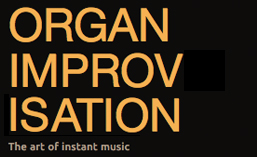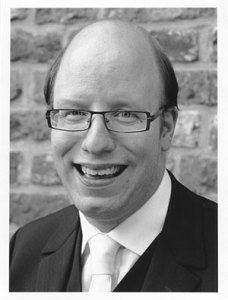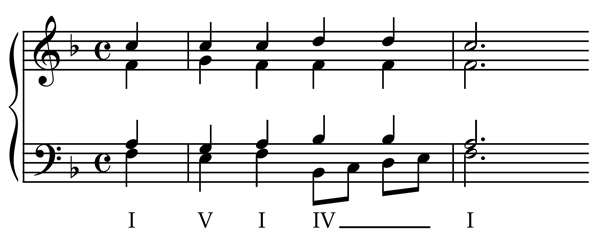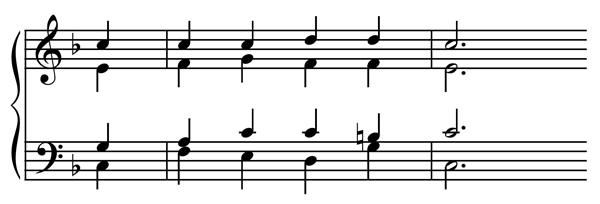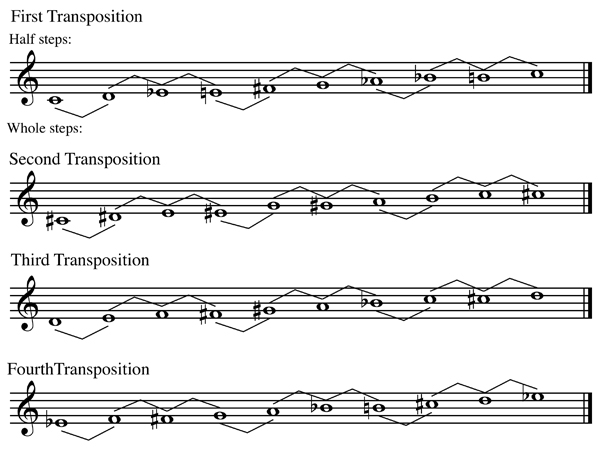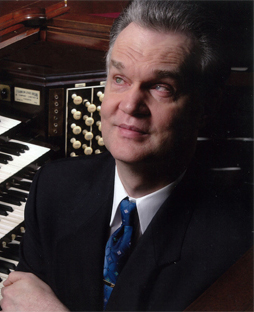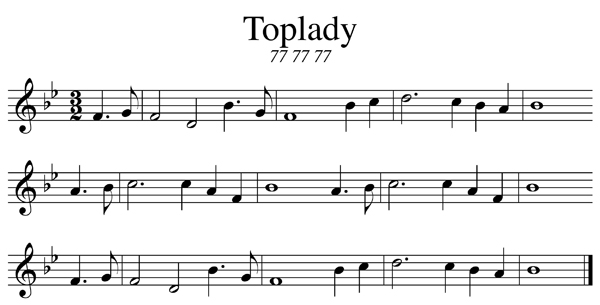The more constraints one imposes, the more one frees one’s self. And the arbitrariness of the constraint serves only to obtain precision of execution. -Igor Stravinsky
I have always felt that one of the biggest obstacles for the beginning improviser is the fear of the unknown. When there are no longer notes on the page giving instructions to the fingers and feet, how do we choose what to play? Will we start with a bang or quietly? Do we use our feet from the beginning or let the hands start first? How about a pedal solo to begin? Are we in major, minor, or some other mode? What form shall we try to follow? What meter will we use? Are we going to play fast or slow? Will the rhythm be simple quarter notes or will we use syncopation. triplets, or other more complicated rhythms?
Even if we make it past the fear of creating music on the spot, we may be overwhelmed by the choices.
Decisions
A journey of a thousand miles begins with a single step. -Lao-Tsu
By making a first decision about any aspect of the improvisation, we have begun the journey. Even something as generic as choosing an emotion we wish to convey through the improvisation can guide our selection of key, tempo and dynamics. Each decision after the first becomes easier and comes quicker. If we wish to create a happy piece, perhaps we choose a major key and play faster than if we are sad. By making a decision about one aspect of the piece, we have narrowed our field of choice and further reduced the stress of getting started. As improvisers, we can remain open to the possibilities we might discover while creating a piece that might send us down new paths, but in order to start the journey, we must make at least one decision. How much do you decide before you begin to improvise?
Restrictions
When I began my composition studies, my first assignment was to write a piece for clarinet using only the intervals of a minor second, major second, perfect fourth or tritone. My memory may be slightly faulty on the exact list of intervals, but there were certainly no more than four options, and I’m sure that no third was included, major or minor. Can you improvise a melody using only those intervals as you move from note to note?
By being assigned to write for a specific instrument, a first decision was made for us. While an advanced clarinetist might be able to create multiphonics, the instrument basically produces one note at a time, so any sense of pitch center or key would have to be established by the melody without any harmonic support. By restricting us to only moving by certain intervals, our tonal language was restricted, even if it wasn’t restricted in the same way as identifying a key would have limited us. Even as constraining as these requirements might seem, they still left tempo, dynamics and rhythm all completely open ended. The variety that the class brought back and developed as we continue to work on this project was amazing.
Thriving
When we complained about how difficult this first assignment seemed, I remember by teacher telling a story about Igor Stravinsky. At some point, someone asked the great composer if he would write a piece of music for them. Stravinsky responded with the seemingly absurd answer that he didn’t know how to write a piece of music, but then explained that if you asked him to write a piece for X,Y, and Z (insert the strangest combination of three instruments you can imagine, such as accordion, tuba, and xylophone), he would happily accept the request. While the story may be apocryphal, I believe the quote at the top of this newsletter supports that idea that Stravinsky thrived under restrictions.
Try your hand at improvising a single melody following the rules for the clarinet assignment above. How many different moods can you convey with those same restrictions? Can you create an ABA form lasting more than two minutes with the same limitation?
If you are having difficulty improvising, try making it more difficult to improvise. Create more restrictions for yourself before you start. Describe your improvisation as completely as you can before playing the first note. While it may actually be more difficult to improvise under these restrictions, you will also know exactly how you did not meet them, and that will make it easier to learn from your mistake(s). Being clear in your intentions will enable you to be precise in your execution.
Hoping constraints lead you to creativity,
Glenn
Recent additions to organimprovisation.com:
Newsletter Issue 28 – 2014 11 10
See the complete list of past newsletter issues here.
Sign up to receive future issues using the box to the right on this page.
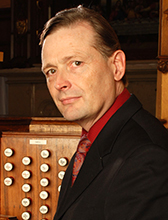 Website:
Website: